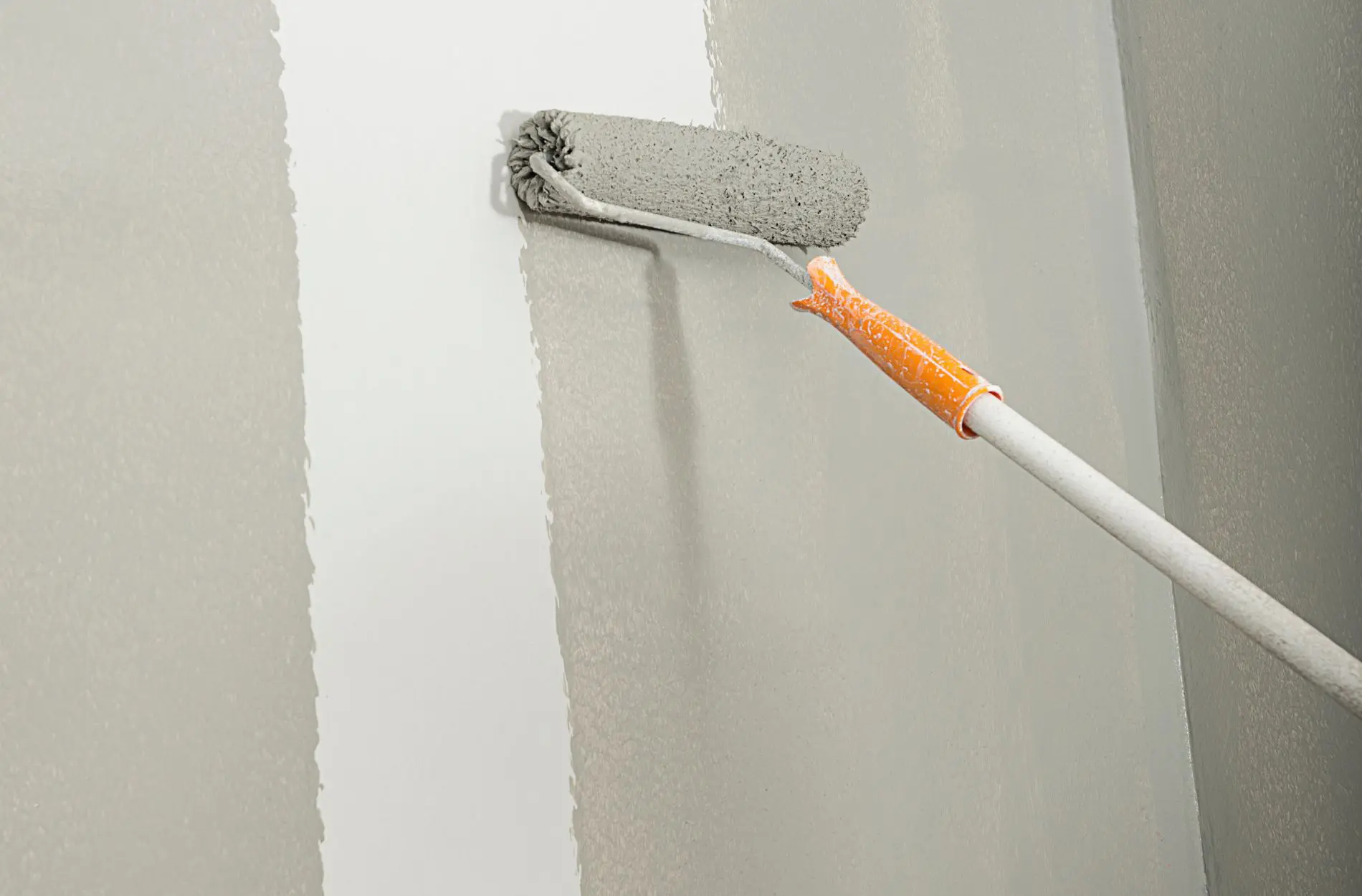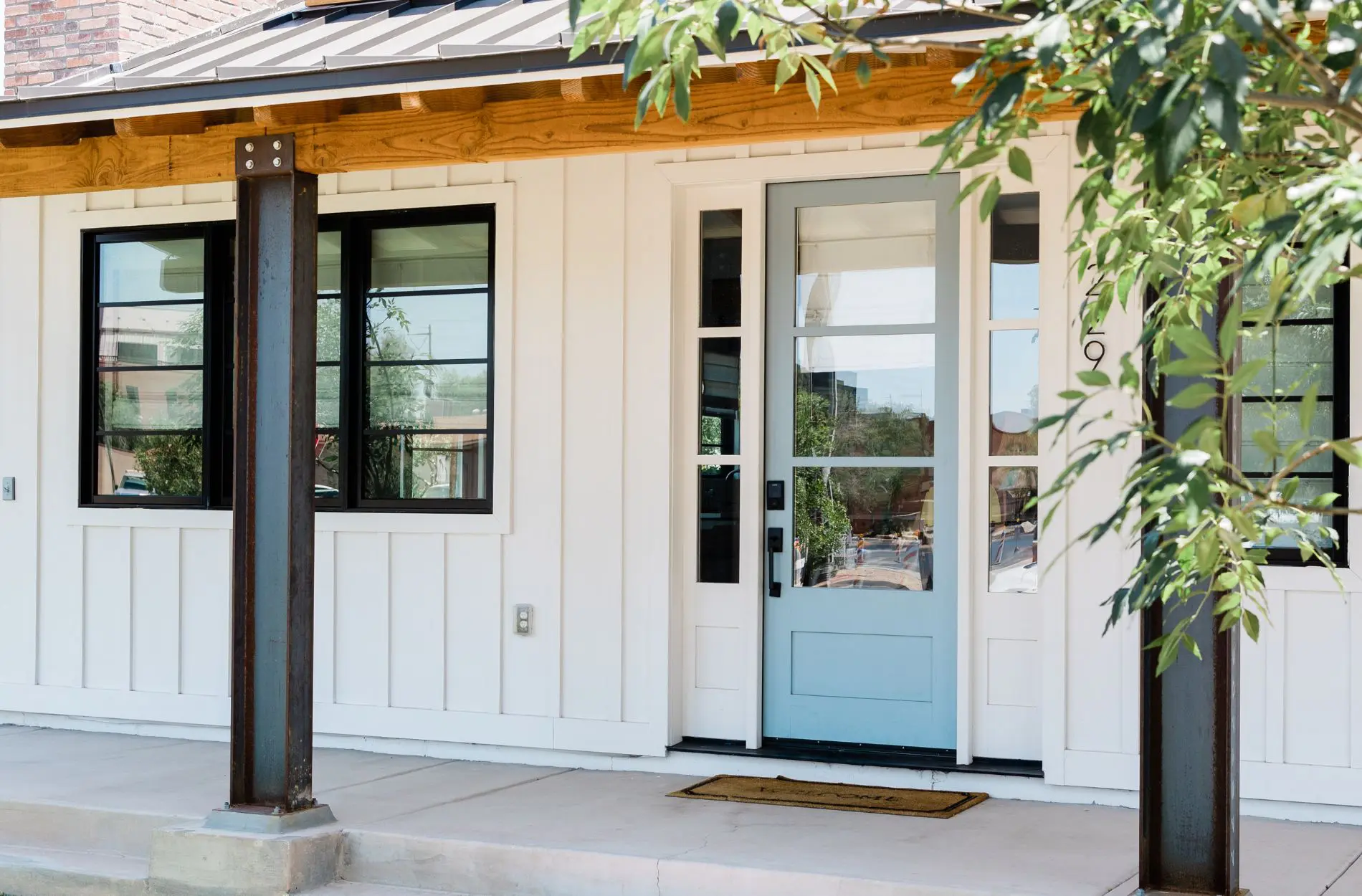Exterior Home Painting: How to Minimize Mess

As anybody who has ever painted the exterior of their home will know, actually applying the paint to the respective surfaces represents just one of many tasks involved. In fact, it represents one of the simplest and most enjoyable stages in the entire process.

It’s the rest that has the tendency to be something of a nightmare – particularly the subsequent clean-up process!
The problem is that far too many DIY-types fall into a false sense of security when it comes to exterior painting. They somewhat fall into the trap of thinking that as they are outside the home, they don’t need to focus as much on minimizing mess. The result of which being…well, let’s just say quite a number of rude words tend to get thrown about the place during the long, painful and predominantly avoidable post-paint clean-up.
So as something of a public service to our readers, we thought we’d share a few words of wisdom on the subject of minimizing mess to the most realistic extent possible. You cannot realistically expect to get away with absolutely no mess whatsoever, but work in accordance with the following guidelines and you shouldn’t find yourself dealing with the mother of all disasters come completion:
1. Preparation Is Everything
First and foremost, don’t ever underestimate the importance of the preparation process. The more time and effort you invest in preparing adequately, the less time and effort you will have to spend cleaning things up afterwards. Professional-level preparation means not simply throwing a bunch of blankets all over the place and hoping for the best. Instead, it means being incredibly meticulous with every cover, every piece of painter’s tape and everything you use to protect the surrounding area. Even if it seems like an inconvenience at the time, trust us – you’ll be happy you did it!
2. A Second Pair of Hands
One guaranteed way of making far more mess than you need to is to attempt to go about things on your own. There are going to be so many times during the painting process when your hands are covered in paint, whatever is in your hands at the time is covered in paint and you’ve no way of continuing without spreading said paint all over the place. It’s for this reason that a second (or even a third) pair of hands can make a big difference. Even if it’s only to hand you a towel or rag at the right time, don’t be a hero and go it alone!
3. Slow and Steady
Under no circumstances should you succumb to the temptation to rush things, in order to get the job done as quickly as possible. There haven’t been any scientific studies into the correlation between rushing paint jobs and the respective mess created…and nor is there need for any. Take it from us when we say that the faster you go, the more mess you’ll make, the bigger the clean-up job and ultimately the longer it will take to get the whole thing finished.
4. One Bit at a Time
Another tip not to proceed without – always tackle one small area at a time. This makes it so much easier to not only produce professional quality results, but also meticulously protect the surrounding area. Think of it a little like attempting to protect a couple of square meters at a time, rather than your entire back garden.
5. Approved Protective Products
A quick point but an important point nonetheless, never underestimate the potential consequences of using protective products that are not fit for purpose. Let’s put it this way – any kind of protective sheet that allows paint to travel straight through it and stick to whatever’s underneath probably isn’t worth using in the first place.
6. Quality Brushes and Rollers
Similarly, the quality of the paint brushes and rollers you use to apply the paint will make a big difference to the level of mess you can expect. While a cheap brush or roller is almost guaranteed to flick, drip and splutter paint all over the place, higher-quality tools help keep things in-check.
7. Don’t Underestimate Splatter Range!
Last but not least, never underestimate just how far paint can travel – particularly when dealing with the higher areas of the outside of your home. The long and short of it being that if you think you can get away with simply protecting the immediate meter or two of ground around your home, you can forget about it! If there’s anything in the vicinity you would prefer not to get covered in paint, remove it or cover it appropriately beforehand.










